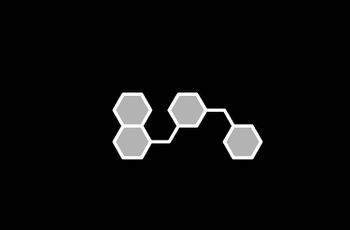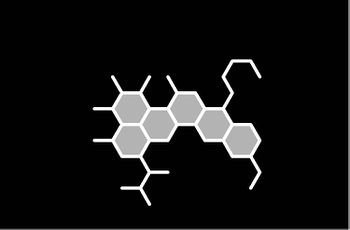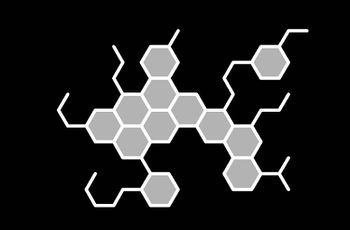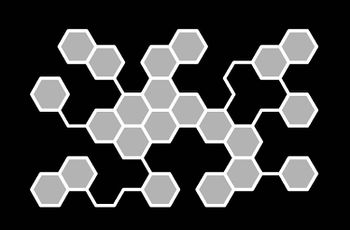project J:Positive
(Blanked the page) |
|||
| Line 1: | Line 1: | ||
| + | ==What: parasitic architecture== | ||
| + | <div style="float: left; width: 370px; margin-right:20px "> | ||
| + | Parasitic proliferation | ||
| + | {{#slideshow: | ||
| + | <div>[[Image:Prol1.jpg|frameless|none|350px|link=]]</div> | ||
| + | <div>[[Image:Prol2.jpg|frameless|none|350px|link=]]</div> | ||
| + | <div>[[Image:Prol3.jpg|frameless|none|350px|link=]]</div> | ||
| + | <div>[[Image:Prol4.jpg|frameless|none|350px|link=]]</div> | ||
| + | |id=slides refresh=3000 transition=fade sequence=forward }} | ||
| + | </div> | ||
| + | |||
| + | <div style="float: left; margin-right:10px; width: 500px; "> | ||
| + | We will instigate a '''parasitic architecture'''. The
growth process
of
the
parasite
could be
inspired
by
the
fungal
colonies
and
is
based
on
the
rules
of the
diffusion‐limited
aggregation
extended
to
support
force
analysis
and
maintain structural
stability.
| ||
| + | |||
| + | '''Parasitic''' = having the nature or habits of a parasite or leech; living off another. | ||
| + | |||
| + | '''Parasitic architecture''' = an adaptable, transient and exploitive form of architecture that forces relationships with host buildings in order to complete themselves" | ||
| + | |||
| + | "In general terms the parasite has to take up a position within the body, that is, it inserts itself into the spaces, the organs, that the host body provides. As such the grid of the body, its natural contours, boundaries and edges will not be recognized by the parasite. The parasite has to survive within the body and the condition of that survival would be its refusal to recognize lines that mark out pre-existing edges and boundaries, and in refusing specific edge conditions the parasite constructs its own edge conditions, and thus creates new boundaries." | ||
| + | </div> | ||
| + | <br style="clear: both; height: 0; line-height: 0; font-size: px; /*for IE*/"/> | ||
Revision as of 15:54, 17 October 2011
What: parasitic architecture
Parasitic proliferation
We will instigate a parasitic architecture. The growth process of the parasite could be inspired by the fungal colonies and is based on the rules of the diffusion‐limited aggregation extended to support force analysis and maintain structural stability.
Parasitic = having the nature or habits of a parasite or leech; living off another.
Parasitic architecture = an adaptable, transient and exploitive form of architecture that forces relationships with host buildings in order to complete themselves"
"In general terms the parasite has to take up a position within the body, that is, it inserts itself into the spaces, the organs, that the host body provides. As such the grid of the body, its natural contours, boundaries and edges will not be recognized by the parasite. The parasite has to survive within the body and the condition of that survival would be its refusal to recognize lines that mark out pre-existing edges and boundaries, and in refusing specific edge conditions the parasite constructs its own edge conditions, and thus creates new boundaries."



